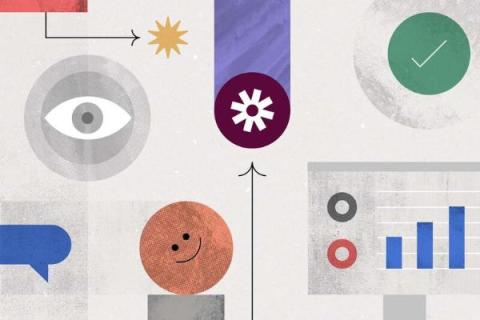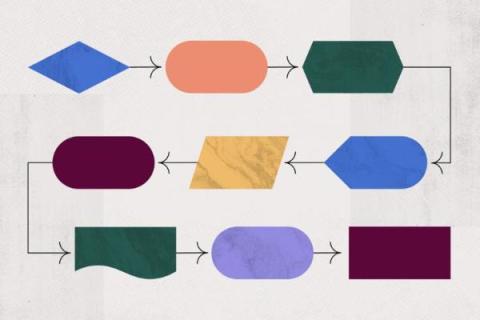Effective one-on-one meetings: Free template and agenda
Both managers and employees sometimes view one-on-one meetings with trepidation. Managers worry about the correct format and handling tough discussions, while employees might dread criticism or question the meetings' usefulness. But when effectively organized and focused on open communication, the one-on-one meeting is a key driver of team productivity, morale, and engagement, benefiting all involved.











